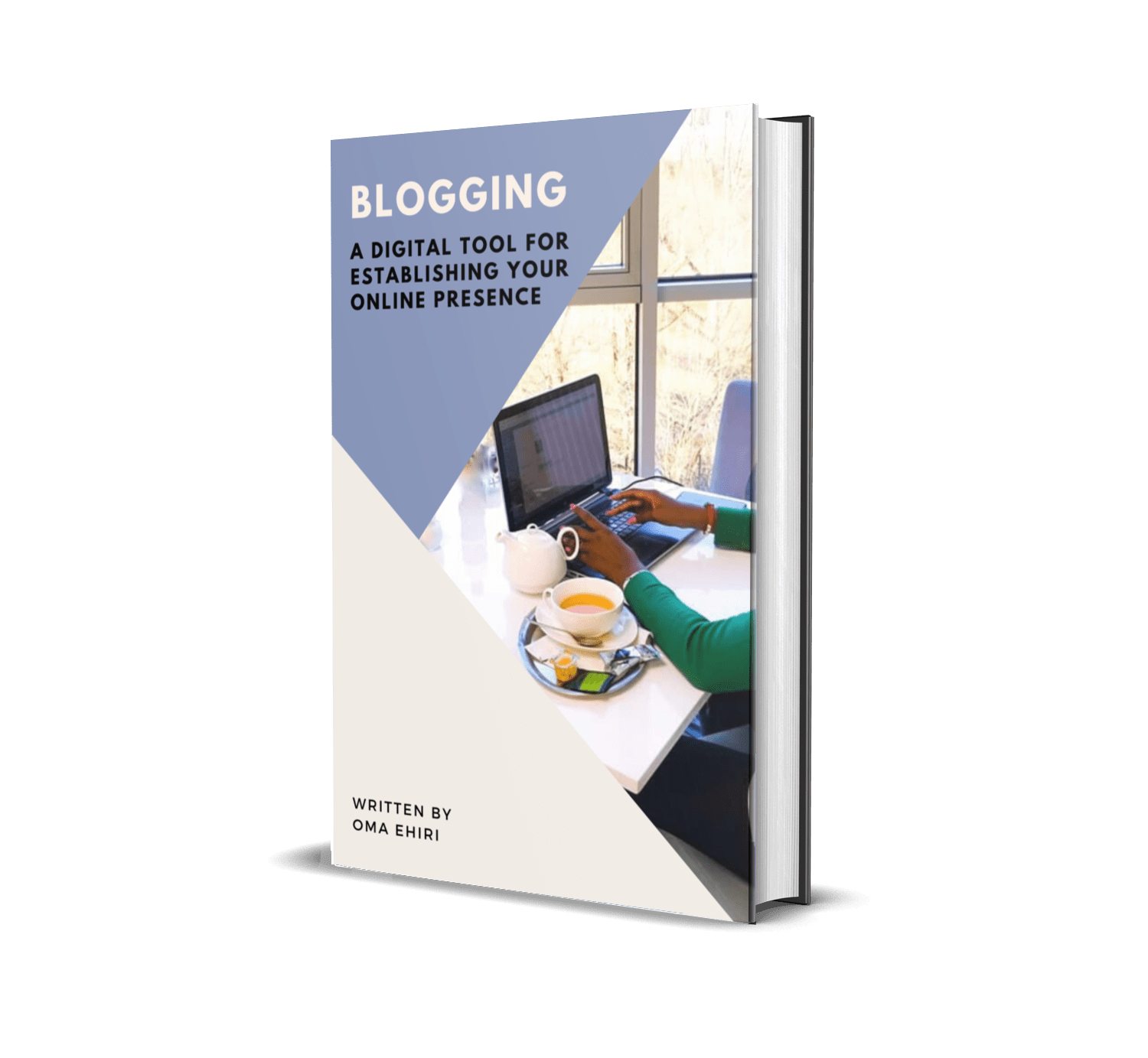

Working from home offers many comforts, such as your work commute being reduced to a few short steps and the “canteen” only as far away as your fridge, but there are health risks associated with it that you may not have considered.
Offices feature furniture specially designed for long hours of sitting, expertly placed overhead lighting, and computer screens set up at the correct height. Cleaning staff also regularly wipe down desks, vacuum and mop floors, and sanitise kitchens areas and bathrooms.
steps to help mitigate health risks associated with Work From Home offices.
If your WFH office is a more casually set up affair, and you don’t have a regular cleaner coming in to help you, Aisha Pandor, CEO of home-cleaning service SweepSouth suggests taking these steps below to help mitigate health risks associated with WFH offices.
1.Don’t eat lunch at your desk
Most of us don’t think twice about eating at our desks, but research shows that it can be detrimental to our health. A study done by microbiologist Dr. Charles Gerba of the University of Arizona to measure bacterial levels in offices shows that personal work areas contain alarmingly high levels of bacteria.
Desks, in particular, are teeming with germs, and eating at your desk can turn it into a bacteria super fest. It’s not the fact that you’re eating at your desk that’s unhealthy, it’s crumbs and tiny food particles left behind that bacteria feast on. In fact, Dr. Gerbera says, the average desk harbours 100 times more bacteria than a kitchen table!
Your WFH desk can support 10 million bacteria, and without proper cleaning, even a small area may contain bacteria that can make you ill. Keep your work surface hygienic by regularly cleaning it with an antibacterial product.
Wipe germs off your keyboard
During the pandemic, we all became aware of the importance of washing our hands thoroughly, especially after being out in public spaces. But, says Aisha, it’s important to practise good hand hygiene throughout the day, even if we don’t leave our homes.
According to British microbiologist Professor Sally Bloomfield, our hands and the surfaces we touch are the superhighways for bacteria. And, because we touch our phones and keyboards so often, they top the list of the dirtiest items on our desks. Wipe them down weekly to keep them clean. It’s impractical to think you can turn your home into a sterile zone, but you can stop your WFH space from becoming a bacterial battleground. If it feels exhausting balancing work, home duties and cleaning, hire a domestic worker through SweepSouth Connect to help tidy and clean for a few hours each week.
3. Vacuum your workspace
Any bits of food or biscuit crumbs that fall onto the floor or into hard-to-reach areas behind your desk can attract rats and cockroaches, bringing even more germs into the fray. Clean the floor around your desk regularly, especially if you have carpets. Carpets feel great underfoot, but they act as a trap for dirt, hair and dust mites, warns Aisha. Humans lose around 1 million skin particles and between 50-100 strands of hair every day, which means that as you sit at your WFH desk quietly typing away, you’re also busy being a human shedding machine! Even air pollutants like pollen, fungi and cigarette smoke get trapped in carpet fibres and can trigger allergies, asthma and eczema attacks. It’s best, say the experts, to vacuum carpets and rugs at least twice a week, and more in high traffic areas.
4. Sitting is the new smoking
We’ve all heard that sitting is the new smoking, with warnings that sitting at a desk all day can be a major health hazard. According to a study in the Annals of Internal Medicine, sedentary behaviour can raise the risk of developing a disease like heart disease or Type 2 diabetes. Even if you exercise every day, sitting for long periods can still be problematic. It’s key to get up every hour and do a quick stretch or walk for at least a minute or two. A longer walk will be even better, boosting your circulation and helping to keep your joints, muscles, and ligaments loose.
5. Is your chair hurting your back?
The chair you sit in is very important. Most WFH chairs are dining room or kitchen chairs, suited only for short sitting sessions. A good chair — ideally an ergonomically designed office chair — will support your back and reduce aggravation to the spine. It’s also vital to be aware of your posture. We tend to slouch without even noticing it when we’ve been sitting in a chair for too long, which places a lot of pressure around the hips and back and strains the spine. It’s not just slouching that’s bad, though — sitting up straight and curving your back too much can put strain on it, too. Lastly, add abdominal strengthening exercises to your exercise routine. Having strong abdominal muscles helps with proper spine alignment and can relieve the pressure that sitting puts on your lower back.
6. Try to minimise eye strain
With remote working, everything happens via your screen, from the work you’re doing to Zoom meetings held with colleagues and clients, to the lunch you eat while checking emails on your phone.
Straining your vision can lead to blurry, overly sensitive eyes, watery or too-dry eyes, headaches, and Computer Vision Syndrome (CVS). CVS is characterised by blurred vision, acute headaches and severe eye irritation, caused by hours of looking at rapidly flickering screens, where eye muscles are unable to recover from the constant tension required to maintain focus on a close object. It’s a reversible condition, but symptoms may become more severe if you don’t change the way you use screens.
Make sure your computer monitor is placed slightly below eye level and about 60cm from your eyes, adjust the screen’s glare so that it’s not too bright, and reduce the amount of light that falls onto your monitor. If your desk is close to a window, use blinds or curtains to eliminate brightness.
Most importantly, take frequent breaks. Our eye muscles contract when we look at something close by, and relax when we look away, so every 30 minutes, try to look away from your screen for a short period of time.
Working from home offers so many perks, but it can be intense. Make it both productive and enjoyable by taking regular breaks to lessen the stress on your body and health.













